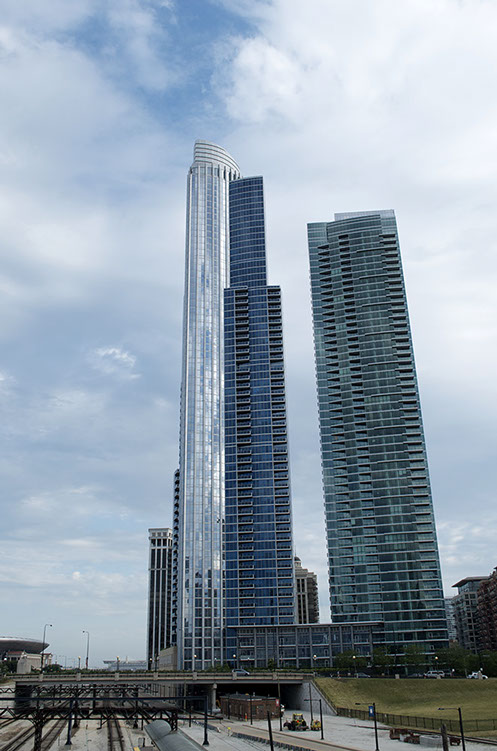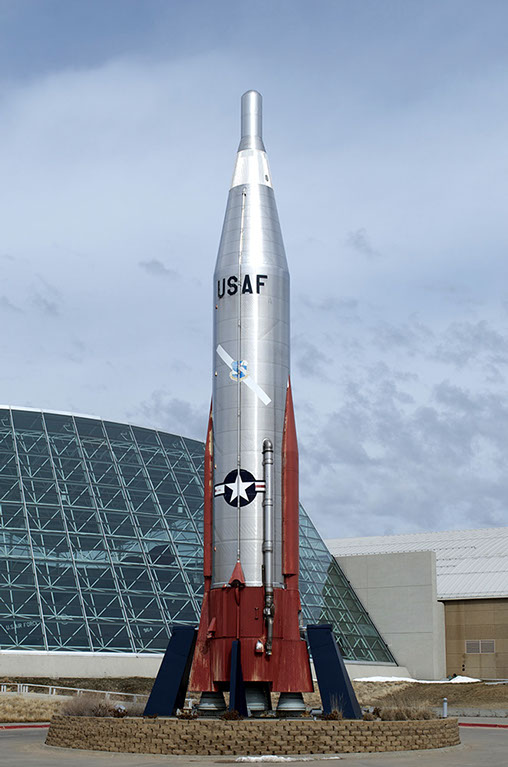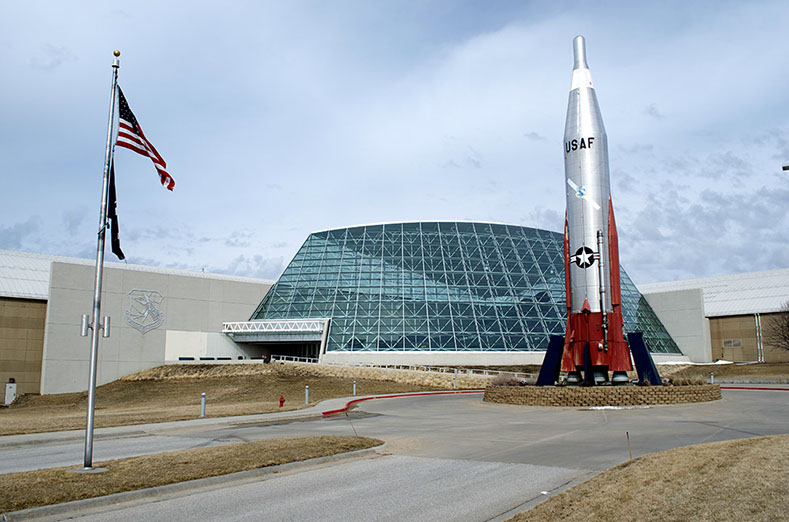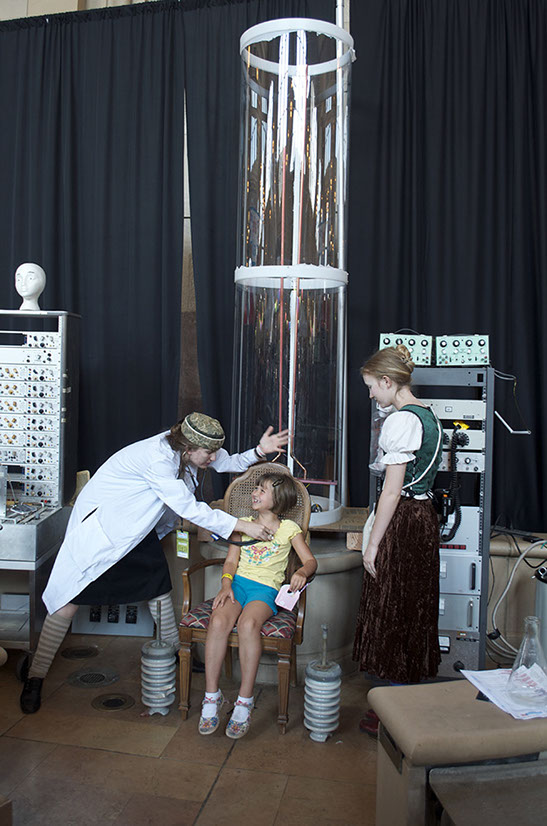Camera Angle
One of the first questions you have to answer before taking a picture is one of the simplest: how should you hold your camera? Or in photo terms, should you use a horizontal or vertical composition?

Nikon D7000, 200mm (28-200mm), 1/2000, F/5.6, ISO 220, adjusted and altered
Quick confession: my undergrad training was mostly in film and video rather than still photography. And unless you’re trying to do something odd looking, video is shot using horizontal composition. Years later, I still have a slight tendency to use horizontal angles. With many subjects – such as this statue – that are longer than they are high, a horizontal angle is exactly what you want.
However, with other subjects – such as these skyscrapers – that are taller than they are wide, you’ll typically want to go with a vertical angle.

Nikon D7000, 22mm (18-55mm), 1/250, F/8, ISO 140, adjusted

Nikon D7000, 30mm (18-55mm), 1/320, F/9, ISO 100, cropped and adjusted
This missile is a fairly clear candidate for a vertical composition. And if I want to emphasize the missile as the subject of the photo, that’s exactly what I’ll use.
On the other hand, if I want to put the missile in context by showing its surroundings, a horizontal angle works much better.

Nikon D7000, 20mm (18-55mm), 1/320, F/9, ISO 100, adjusted
When composing a shot, think carefully about what your subject is. In this picture, the subject includes a large vertical structure in the background. Trouble is, the reflective surface of the tower brings a lot of confusing, unattractive elements into the shot.
And more directly to the point, all the action – the interesting part of the picture – is taking place toward the bottom of the composition.
By switching to a horizontal angle, I cut out distracting elements and tighten in on the personal drama. The result is a better shot.

Nikon D7000, 20mm (18-55mm), 1/80, F/4, ISO 400

Nikon D7000, 28mm (18-55mm), 1/60, F/4.5, ISO 400, cropped and adjusted

iPhone 4s. Photo by Amy Whitehead.
It’s tempting to let subjects dictate camera angle (skyscraper = vertical, truck = horizontal). But don’t be afraid to try a counterintuitive angle. In this shot, “smokestack” is automatically a vertical subject. But the horizontal composition creates space for other elements such as the smoke and the river. The result is a stronger photo.

Nikon D3000, 10.5mm, 1/25, F/5, ISO 800
As with many other “rules” in photography, camera angle isn’t a case of right and wrong. It’s more a matter of knowing what the composition does to your photo. For example, this shot is a classic, horizontal landscape.
But here’s the same scene with the camera turned 90 degrees. Compare the two shots. Each has elements that the other lacks. Which one is “better” depends entirely on what you want in the picture and what you’re prepared to do without.

Nikon D3000, 10.5mm, 1/25, F/4.5, ISO 800
For more thoughts about camera angles, check out The Photographer’s Sketchbook blog entries.
